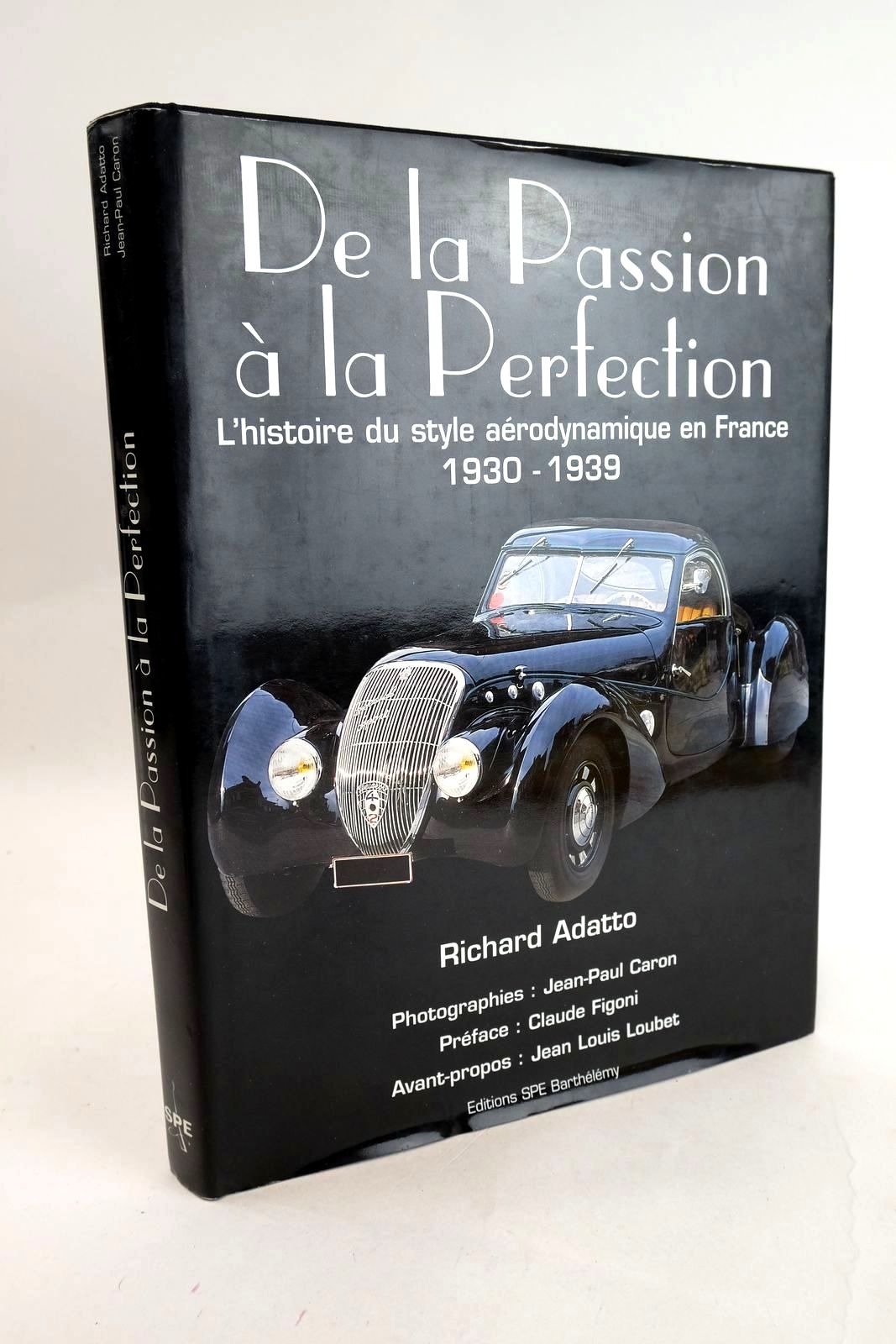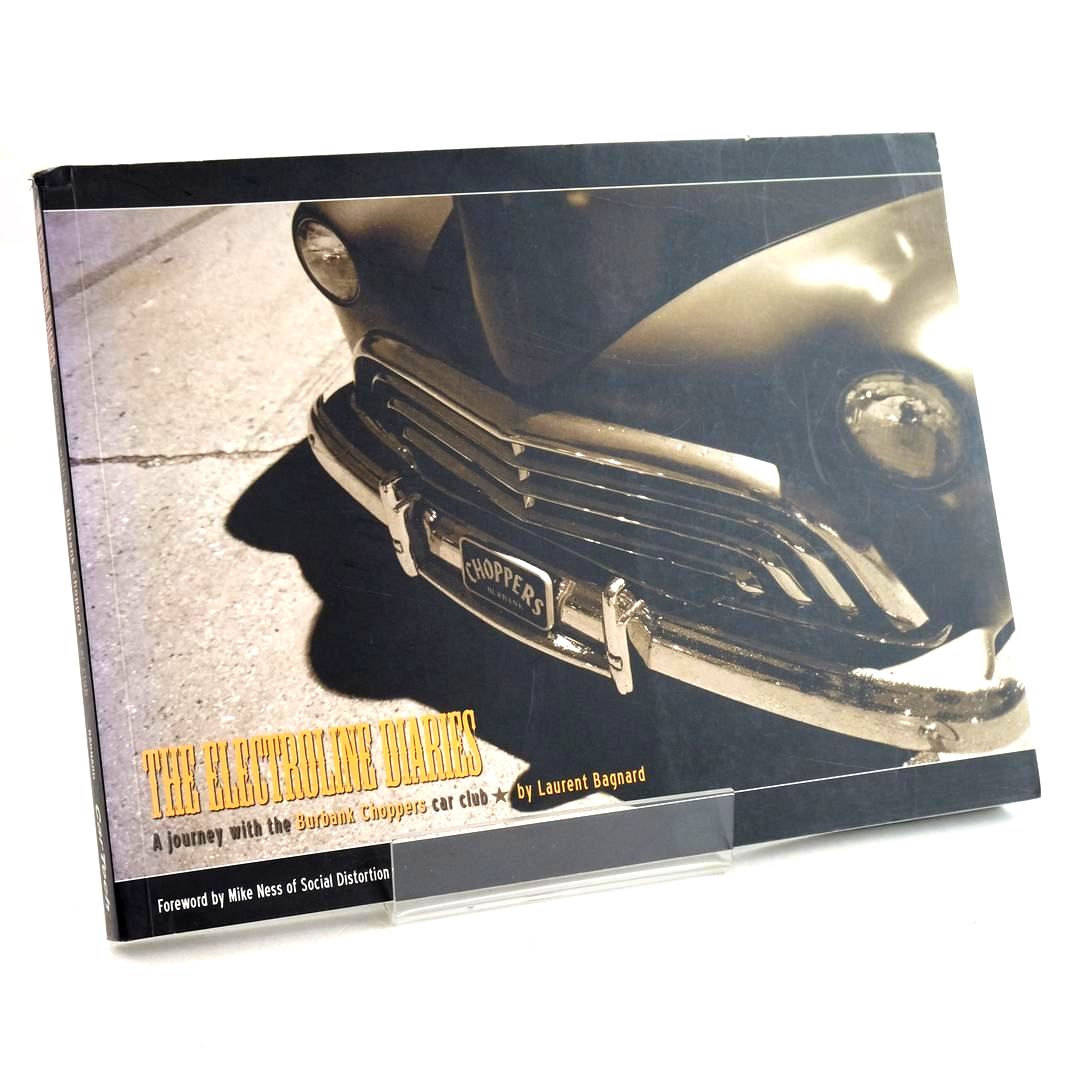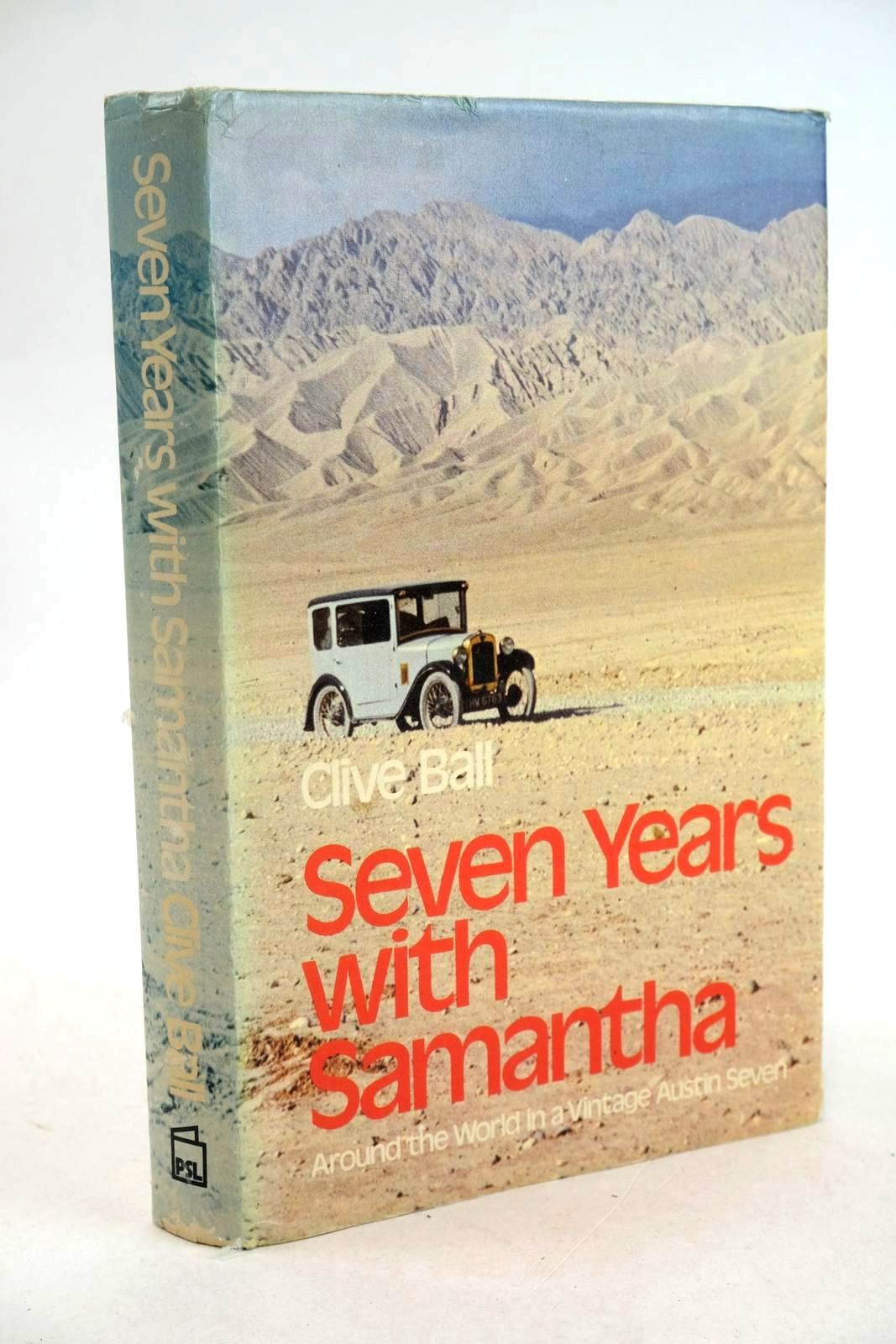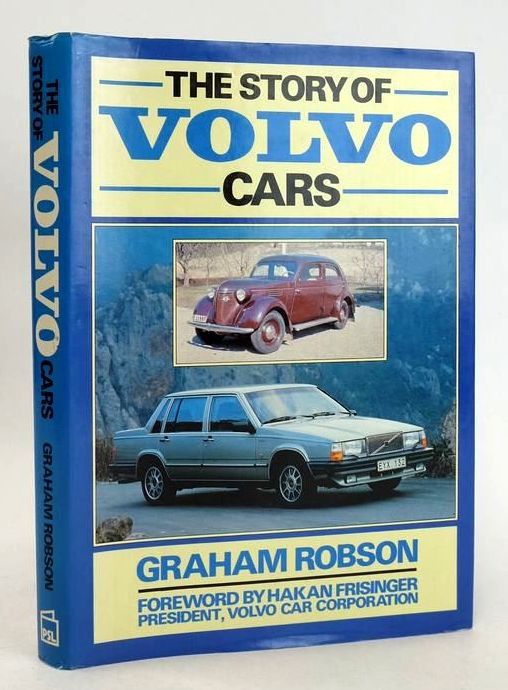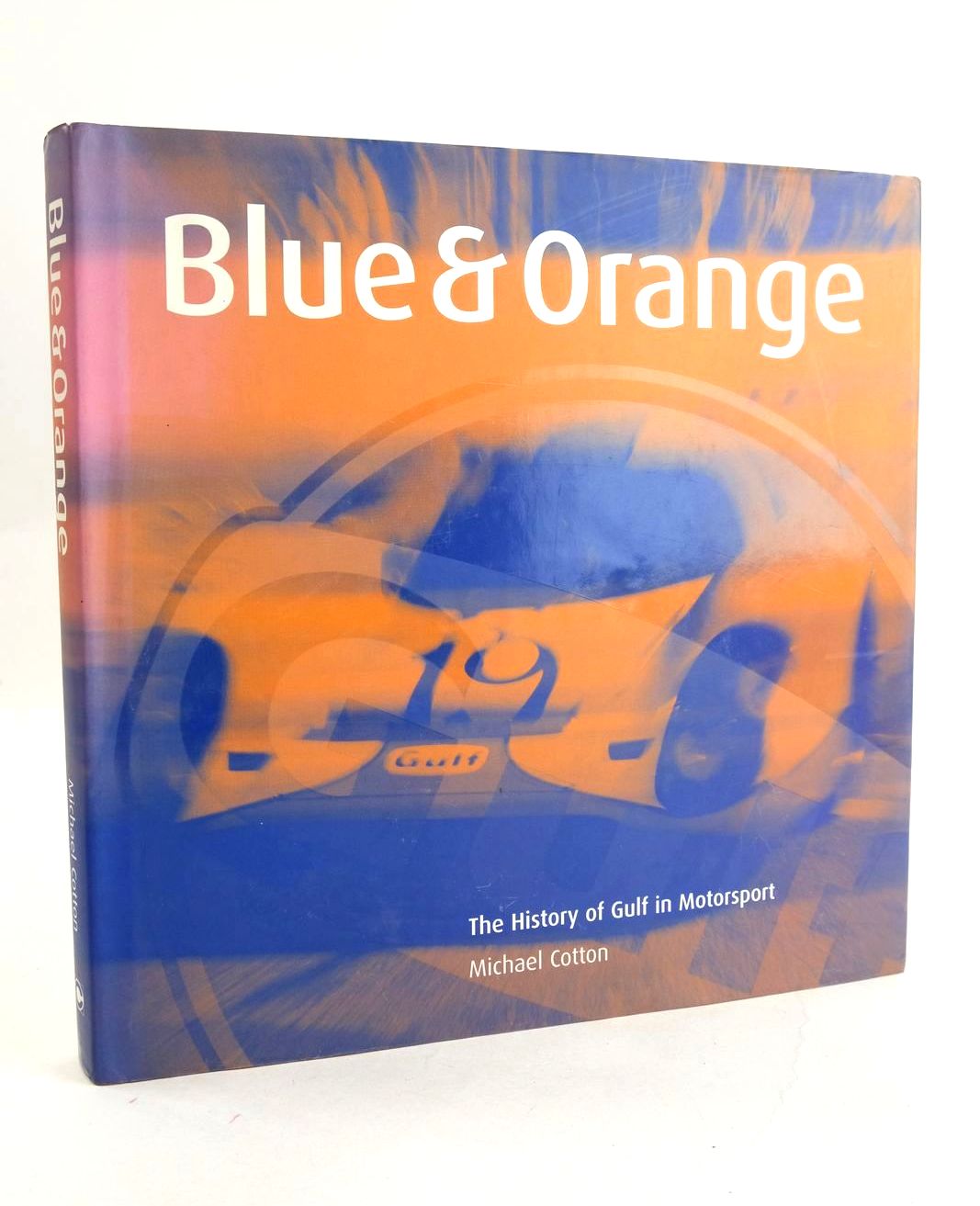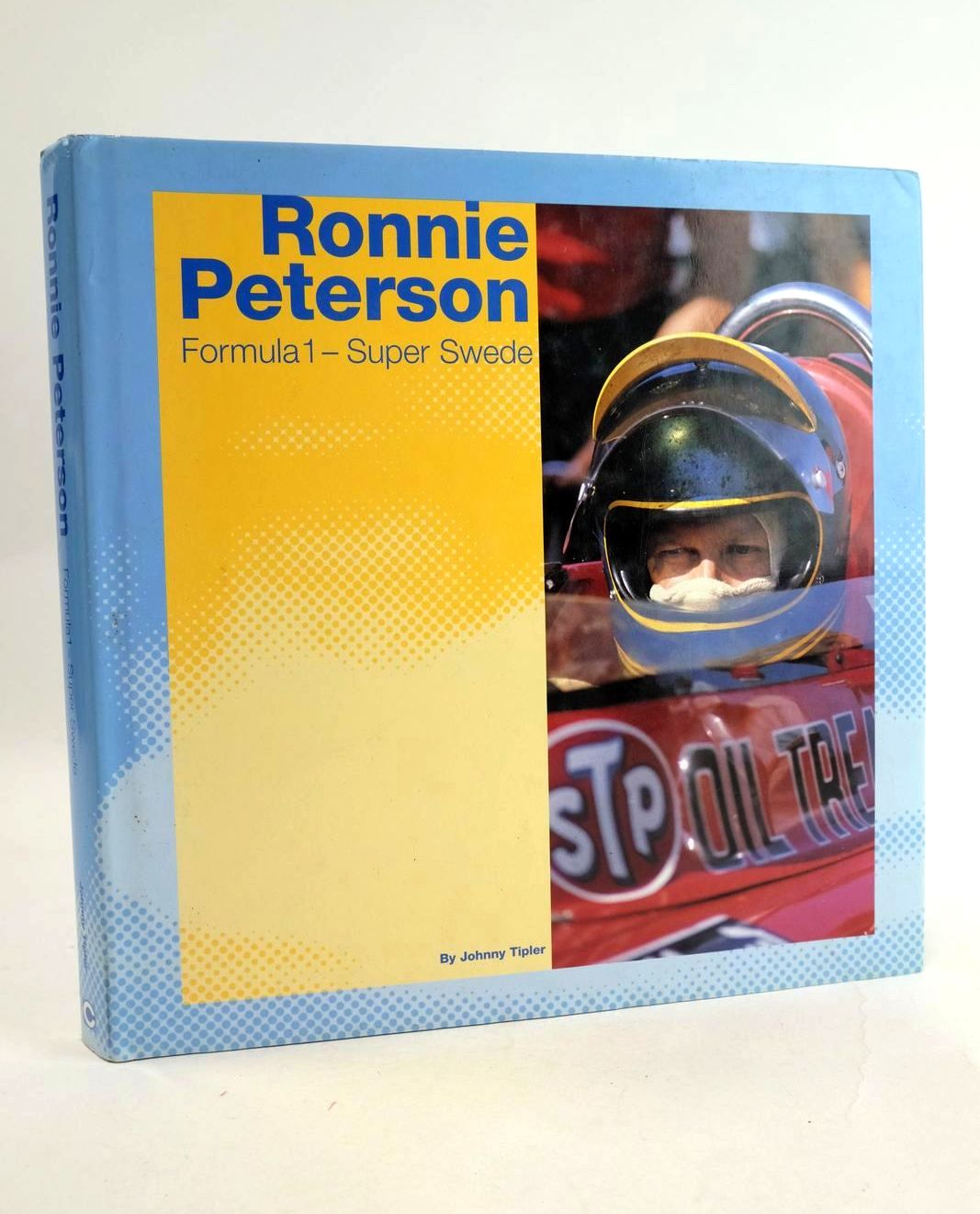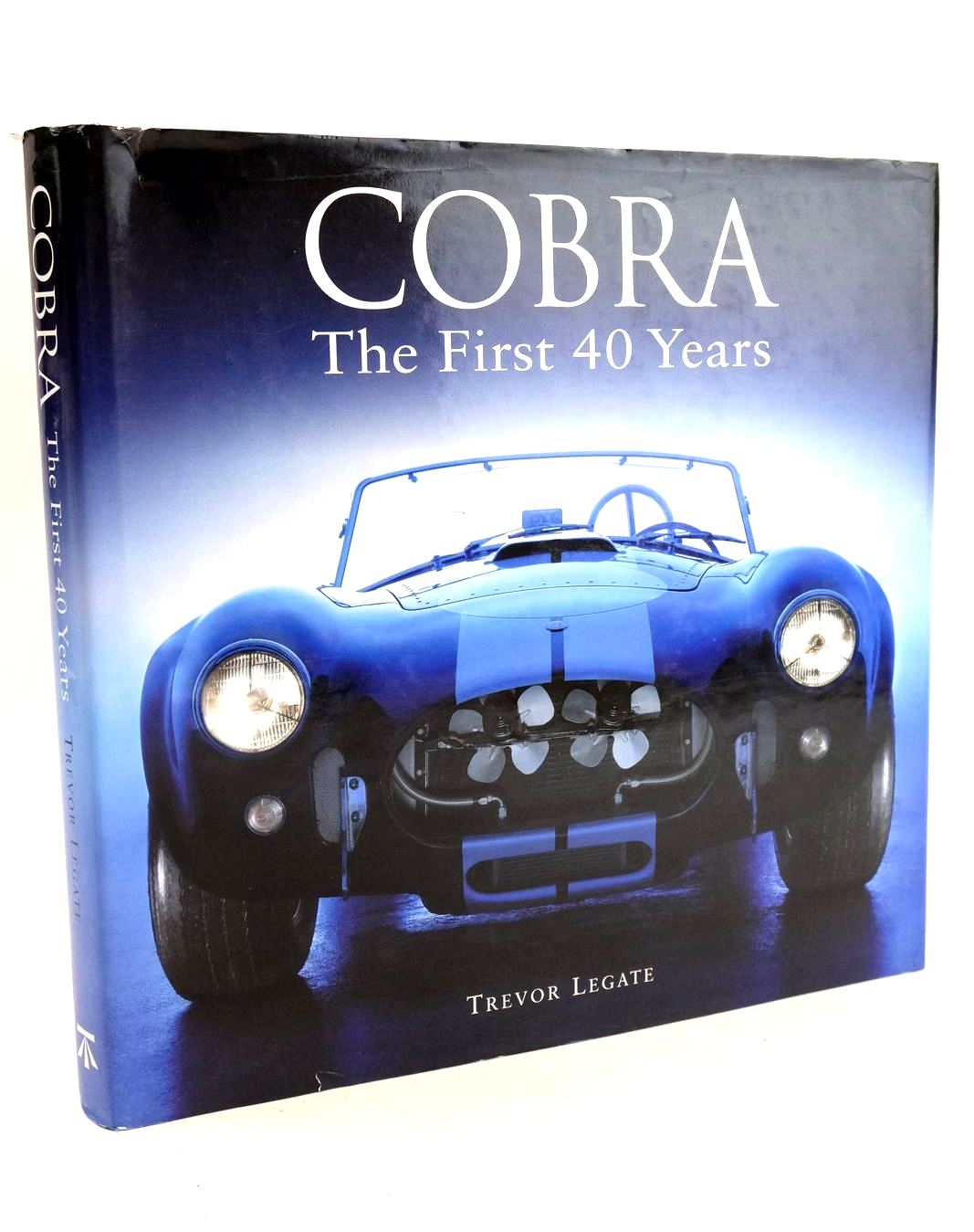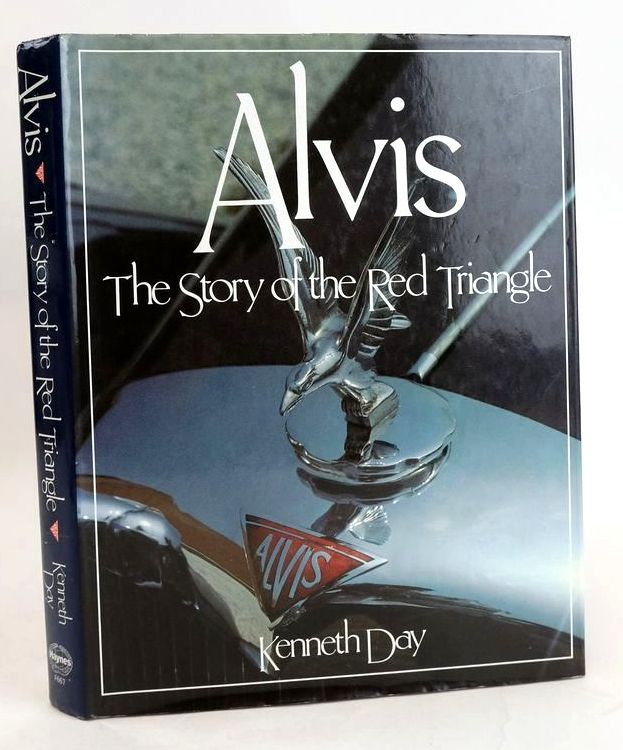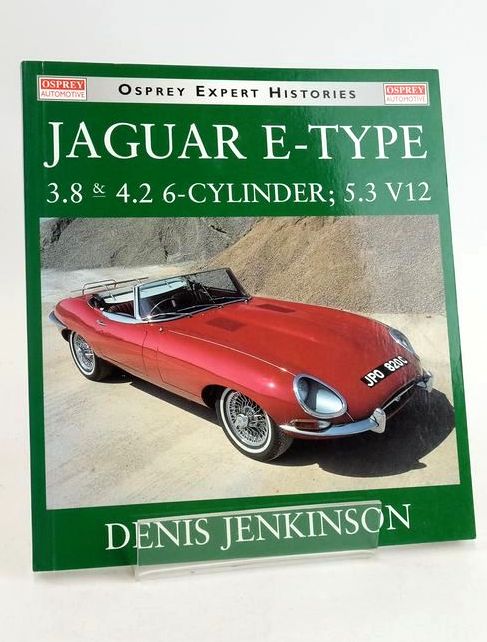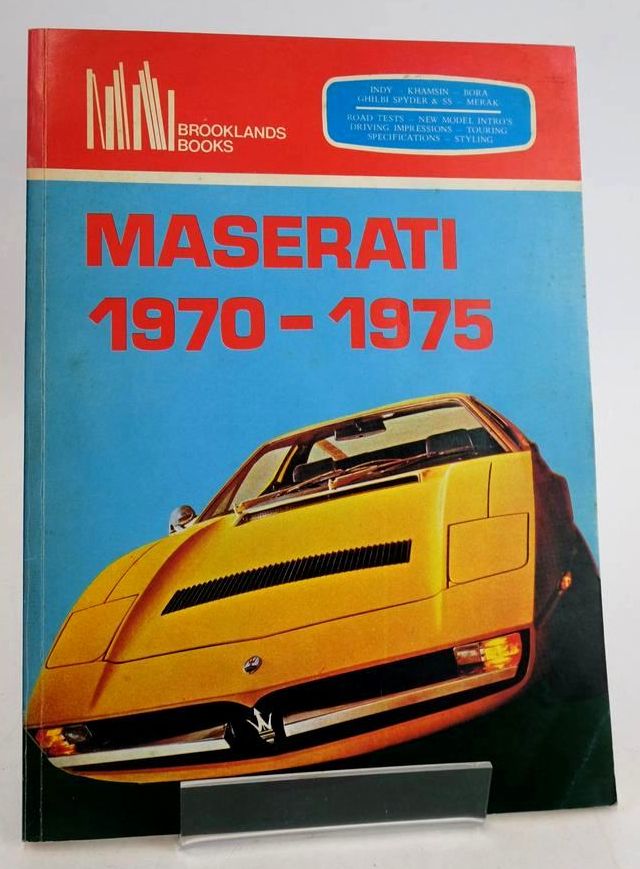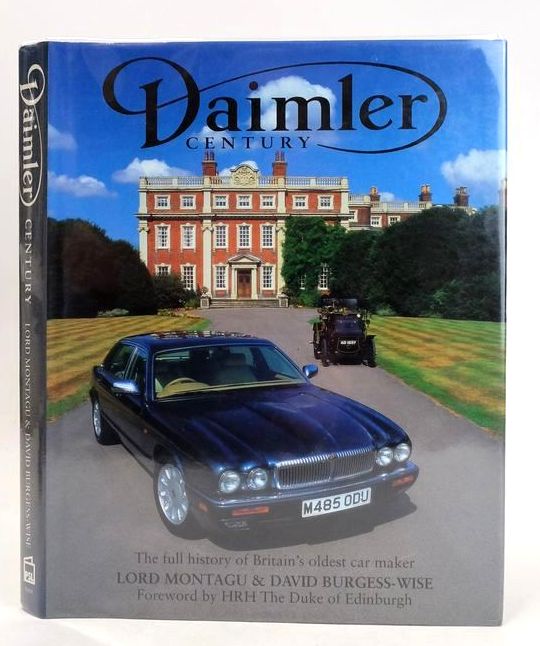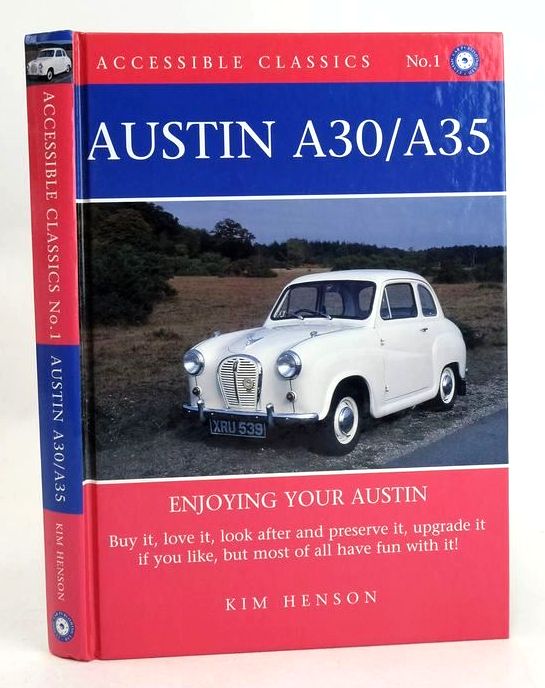The Most Famous Car in the World by Dave Worrall
What do you think of when you read the title?
The Author thinks it is the Aston Martin DB5 and I tend to agree with him. This book charts the complete history of the James Bond Aston Martin DB5 and tells the extraordinary story of a normal car that became an overnight sensation. At the time of writing his book, 25 years after the initial film and even with all the various other modes of transport used in the subsequent Bond movies, it still holds that title.
There follows a wealth of information and photographs about the DB5 from the author’s extensive six years research and gives a fascinating insight into many aspects of the film industry, the motor industry and more.
The use of Aston Martin was a product of the film and was not used by Bond’s creator Ian Fleming in the novels. The car used in the novels was a Bentley but was too cumbersome for the car chase in Goldfinger. An Aston Martin, however, was ideal as it suited the lifestyle that agent 007 used as his cover.
When this book was written in 1993, the DB5 had only been used in two films, ‘Goldfinger’ and ‘Thunderball’. However, Aston were initially not particularly interested, and the project nearly didn’t get off the ground. In the summer of 1963, it took much persuasion by Harry Saltzman co producer, special effects supervisor John Stears and production designer Ken Adam, before a compromise was reached, and Aston Martin loaned the R&D DB5.
By the middle of February 1964, it had taken Stears and his team just six weeks to design, construct and install the complex array of mechanical gadgets into the DB5. They had read the 1959 novel and decided to take the gadgets one step further as they now seemed dated in the mid-Sixties! They retained some of the gadgets such as the reinforced steel bumpers, but a couple of new ideas were the tyre slasher and the bullet-proof screen. The book goes into detail as to how the gadgets were imagined, created and fitted seamlessly into the car so were not visible.
John Stears, acknowledged as one of the best pyrotechnic effects men in the business, spent twelve years working on some of the toughest effects of his career and providing the most imaginative and memorable special effects of the entire James Bond series. He carried on working on various projects during this time including ‘Chitty Chitty Bang Bang’, before he went to work on one of the most elaborate special effects films ever made, Star Wars!’
Although John was credited on-screen with being responsible for special effects, he is the first to admit that it would not have been possible without his colleagues, Jimmy Ackland-Snow, Frank George and Bert Luxford who each had their talents and worked together as a tight-knit team creating the desired illusions the script called for.
Due to the nature of filming and the expense of the car it was decided that it too needed a ‘stand-in’. Aston Martin agreed to loan another DB5 for the duration of the filming. It was painted the same but did not have the gadgets. These two cars were known as The Effects Car, which was used for the close ups, and The Road Car for the long shots. In all, four cars were used for filming and promotional work and details have become a bit sketchy over the years as to the whereabouts of the cars, hence this comprehensive book to track their whereabouts.
Once filming was completed the car was shown at the world premiere and took London by storm. The whole of London was buzzing with excitement about this ‘Unique and crazy automobile’. To say it was an overnight sensation would be an understatement of mega-proportions as the media went wild for ‘007’s newest toy’! This was the beginning of ‘Bondmania’ and caught Eon Productions completely by surprise! Aston Marton were not really prepared for the onslaught of reporters and photographers that inundated their showroom demanding more information about this amazing car as well as many requests for appearances at various events. Thereafter, the car went on an amazing two-year world tour promoting both ‘Goldfinger’ and ‘Thunderball’, drawing massive crowds wherever it went. This publicity was invaluable to Aston Marton and in 1967 the car was still being exhibited at as many car-orientated functions as possible.
The other extreme success was merchandising all things, James Bond. The toy market was still the biggest untapped potential and Eon Productions intended to exploit this area to the full. One of those was Corgi Cars, which were extremely popular. One model sold 1,974,000 units in two years. In 1993 the James Bond DB5 was still being produced, and no other toy manufacturer could boast that children could still buy and play with a model car that was first released and played with by their fathers when they were children.
For all the money and publicity that the DB5 brought to Aston Martin, it was decided that it had exhausted its appeal and was no longer needed to further enhance the company’s sales drive. And so, in 1968 it was stripped of its nonstandard equipment and rebuilt as a standard DB5. John Stears commented that after all the free publicity it had given them, saving the company from financial disaster, they should have put it in a glass case to preserve it forever. Over the next twenty years the cars were sold many times. The paperwork has not always made it easy to identify the four cars used in filming and promotion, but when this book was written in 1993, the original James Bond DB5 was in Florida and the Road car was also in America. The two show cars were in Holland and Tennessee. The original DB5 was stolen in 1997 and is now believed to be in the Middle East.
True to its enduring nature, the DB5 has appeared in six more films since this book was written, along with Skyfall in 2012 which celebrated the 50th anniversary of the release of Goldfinger, cementing its place as ‘The Most Famous Car in the World’
Contributed by Bernice
(Published on 17th Jun 2025)












